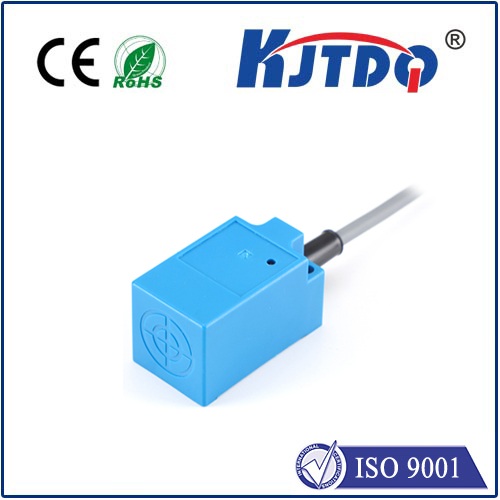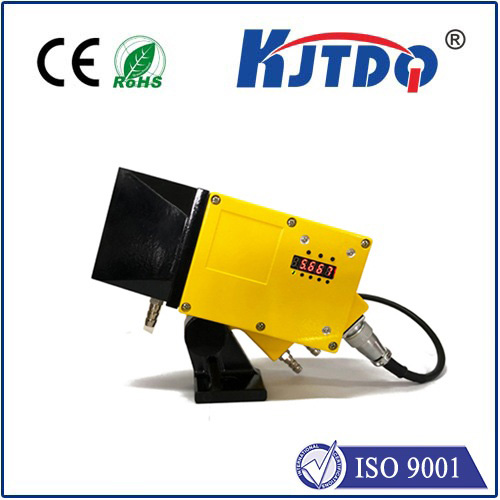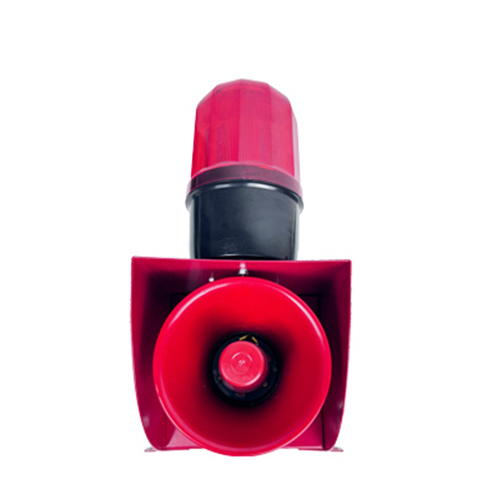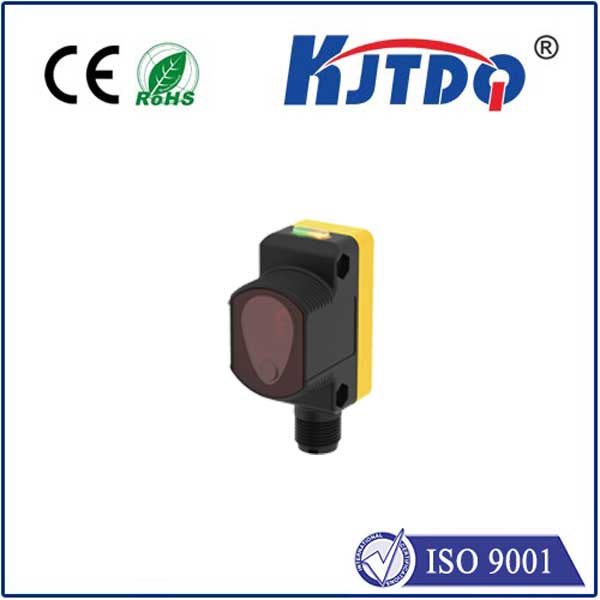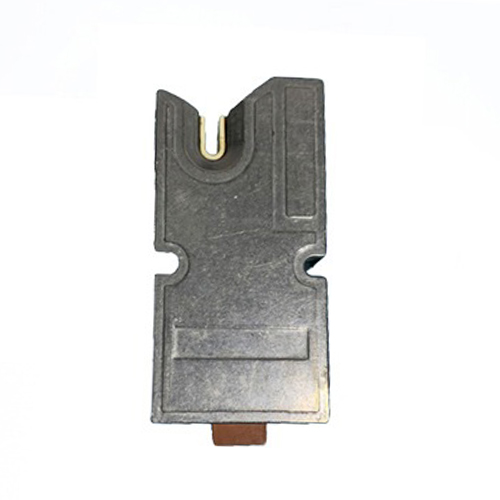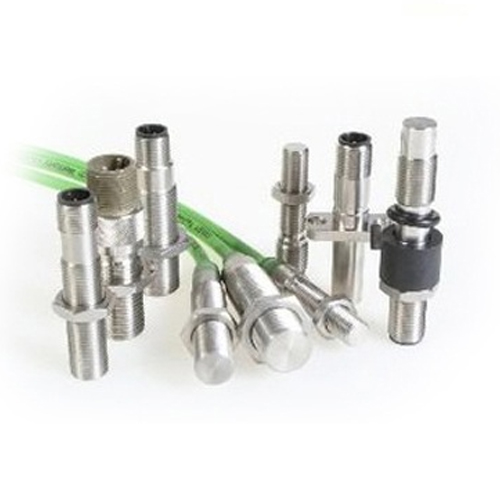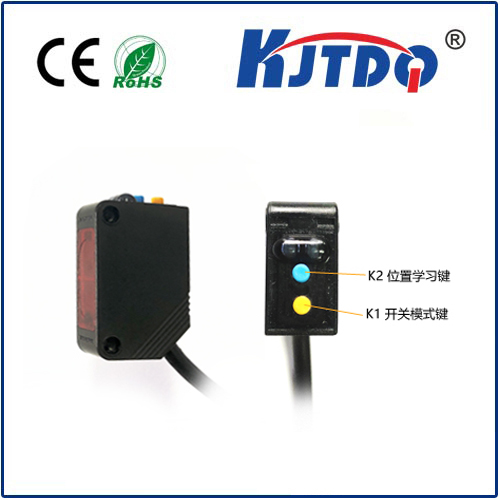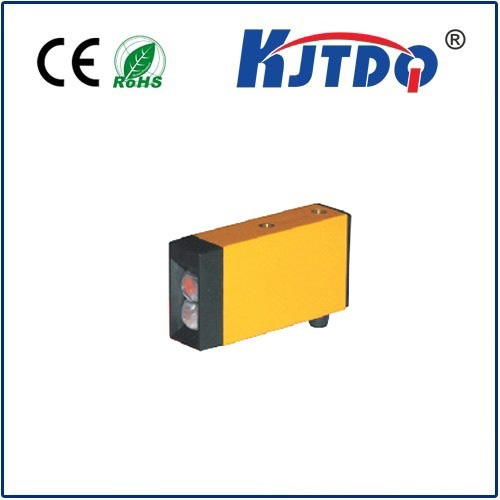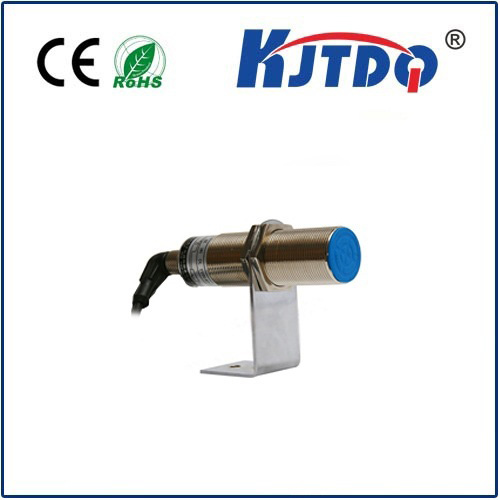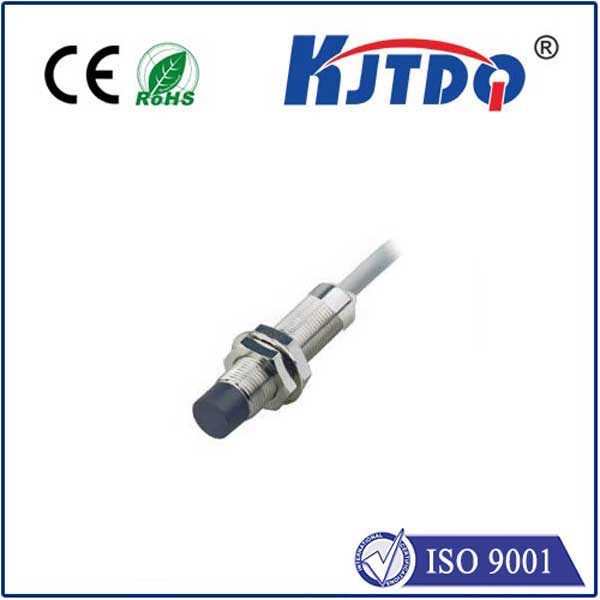BES04RE proximity sensor
- time:2025-10-02 04:10:55
- Click:0
BES04RE Proximity Sensor: The Unsung Hero of Reliable Machine Detection
In the intricate dance of modern machinery and automated processes, countless silent sentinels work tirelessly. Among them, proximity sensors play a pivotal role, detecting the presence or absence of objects without physical contact. When the specific model BES04RE enters the conversation, we’re focusing on a particular breed of inductive proximity sensor renowned for its resilience and precision. This article dives deep into what makes the BES04RE proximity sensor a cornerstone component in demanding industrial settings.
The Inductive Core of BES04RE Functionality
The BES04RE belongs to the category of inductive proximity sensors. Its fundamental operating principle rests on electromagnetic fields. Inside its robust housing lies an oscillator coil generating a high-frequency magnetic field. When a metallic target (typically ferrous metals like steel or iron, though some models detect non-ferrous metals) enters this field, eddy currents are induced on the target’s surface. This interaction dampens the oscillator’s energy, triggering a change in the sensor’s output state – essentially switching it “on” or “off”. This non-contact detection is crucial for applications demanding speed, reliability, and minimal wear and tear.
Decoding the BES04RE Design and Key Specifications
While specific parameters might vary slightly based on the exact variant (e.g., BES04RE-PSC40B-S04G), common characteristics define the BES04RE series:

- Compact Cylindrical Form Factor: Typically featuring an M18 threaded barrel (18mm diameter), the BES04RE is designed for easy installation and integration into machinery and fixtures.
- Sensing Distance: A hallmark feature is its 4mm nominal sensing distance (Sn). This is the reliable operating distance for detecting standard steel targets. This specific range balances detection capability with physical constraints in tight spaces.
- Inductive Sensing: Specialized for ferrous metals, offering high reliability and immunity to contaminants like dirt, dust, oil, and water splashes.
- Output Configuration: Commonly available in Normally Open (NO) or Normally Closed (NC) configurations using PNP switching technology (sourcing output). This provides compatibility with a wide range of Programmable Logic Controllers (PLCs) and control systems.
- Robust Build & Protection: Often rated at IP67 (Ingress Protection) or higher, ensuring reliable operation in harsh industrial environments resistant to dust ingress and temporary submersion in water. High resistance to shock and vibration is also a key attribute.
- Electrical Specifications: Typically operates on a 10-30V DC supply voltage, making it compatible with standard industrial control voltages. Look for variants offering short-circuit and reverse polarity protection for enhanced durability.
- LED Status Indicator: Incorporates an LED that visibly signals the sensor’s operating state and power, simplifying installation, diagnostics, and troubleshooting.
Where the BES04RE Proximity Sensor Truly Excels: Applications Galore
The combination of its M18 size, 4mm sensing range, inductive robustness, and IP67 protection makes the BES04RE incredibly versatile:
- Position Verification: Confirming the presence/position of metal parts on conveyors, assembly lines, or within machine tools.
- End-of-Stroke Detection: Sensing the arrival of cylinders or actuators in pneumatic and hydraulic systems.
- Object Counting: Tallying passing metal objects on production lines.
- Speed Monitoring: Detecting the teeth of gears or sprockets to monitor rotational speed. Its resilience makes it ideal for dirty environments like foundries or machining centers.
- Level Control: Detecting metal flags or floats in tanks (if the application allows).
- Machine Safety: Contributing to safety interlocks, ensuring guards are closed before a machine cycle starts.
- Automated Guided Vehicles (AGVs): Used for docking guidance or obstacle detection within the vehicle’s metal framework.
Selecting and Integrating the BES04RE: Key Considerations
While a powerful tool, successful implementation hinges on a few factors:
- Target Material: Primarily effective for ferrous metals. Detection distance reduces significantly for non-ferrous metals like aluminum or copper. Ensure your target material is compatible.
- Precise Mounting: The nominal sensing distance (4mm) assumes a standard target. Maintain the recommended gap between the sensor face and the target. Side-by-side mounting of multiple sensors might require increased spacing to prevent mutual interference (observe manufacturer minimum separation distances).
- Flush vs Non-Flush Mounting: BES04RE proximity sensors are often available as “flush-mountable” or “non-flush”. Flush sensors can be embedded in metal surroundings without affecting their sensing field, offering more installation flexibility.
- Environmental Factors: While robust, consider extreme temperatures, chemical exposure, or strong magnetic fields that might exceed the specified operating limits.
- Wiring: Correctly connect the brown (V+), blue (V-), and black (output) wires according to the datasheet and your control system’s requirements (PNP sourcing).
Why Choose the BES04RE Over Alternatives?
Beyond its technical specs, the BES04RE offers significant practical advantages:
- Proven Reliability: Decades of use across countless industries attest to its durability and performance.
- Standardization: Its M18 size and common electrical characteristics make it easy to integrate, replace, and stock as a standard component. Finding a compatible replacement sensor is often straightforward.
- Cost-Effectiveness: Offers excellent performance and longevity at a competitive price point within the industrial sensor market.
- Simplicity: Easy to install, configure, and troubleshoot, minimizing downtime.
Maintaining Peak Performance
Like any industrial component, longevity requires attention. While highly robust, periodic checks are wise:
- Keep the sensing face clean of heavy build-up.
- Regularly inspect the cable for damage, especially at strain relief points.
- Verify the LED status during operation or during planned maintenance.
- Ensure mounting remains secure to prevent shifts affecting detection accuracy.
Conclusion: An Enduring Engineered Solution
The BES04RE proximity sensor isn’t just a component; it’s a testament to robust, reliable engineering. Its specific design – marked by the 4mm inductive range in an M18 housing – has cemented its place as a go-to solution for machine builders and maintenance engineers worldwide. Whether ensuring a cylinder reaches its end position, confirming a part is present for the next assembly step, or safeguarding machinery operation, the BES04RE quietly delivers the critical detection needed. Understanding its capabilities, specifications, and optimal application environments empowers engineers to leverage its strengths effectively, contributing significantly to the smooth, efficient, and safe operation of automated systems.






